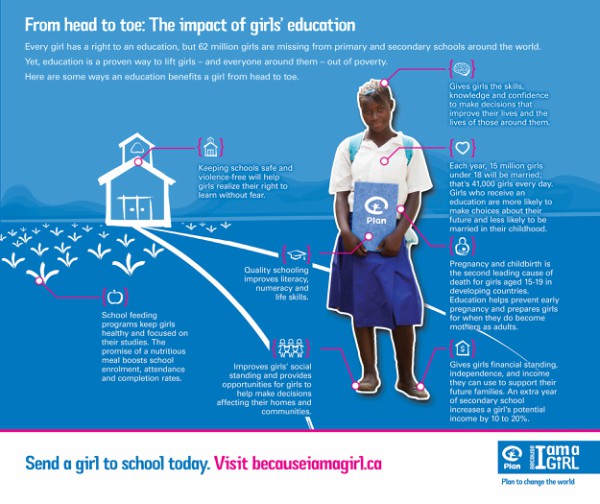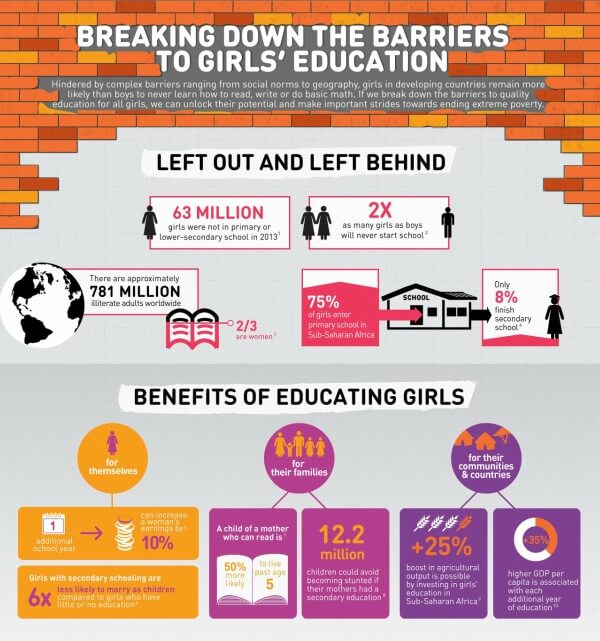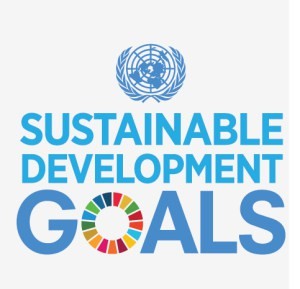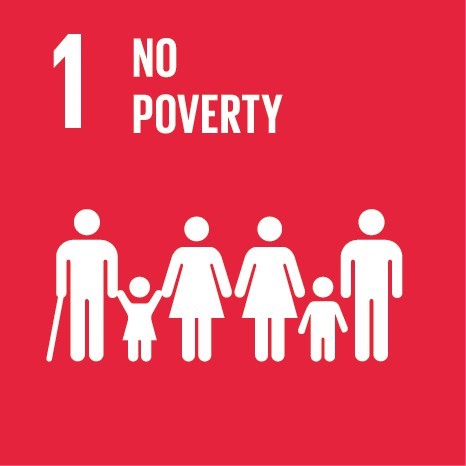And we’re back!
Having taken the first few articles in this blog to lay some groundwork about global education we are now going to dive deeper into the issues. We are going to begin by looking at POVERTY.
 Why Poverty? Because where it exists there is little hope and there is much desperation. It steals individual’s potential, denies them their rights and makes them vulnerable:
Why Poverty? Because where it exists there is little hope and there is much desperation. It steals individual’s potential, denies them their rights and makes them vulnerable:
“Poverty is more than the lack of income and resources to ensure a sustainable livelihood. Its manifestations include hunger and malnutrition, limited access to education and other basic services, social discrimination and exclusion as well as the lack of participation in decision-making.” - UN
Education has the potential to upend poverty and give individuals an opportunity to alter their life’s course.
Recently my professional work and FAWCO work collided. I was confronted with a first hand account of the intergenerational destructive nature of poverty and often thought how education and skills might have altered the course of events. I would like to share some the pertinent details, please note names and places have been changed.
Ally is a 10 year old girl from West Africa. Ally arrived in Belgium this summer after traveling briefly to the US to get her US passport. Ally has been adopted by an American family living in Europe.
Ally’s mother Amy was sent as a child of 5 years to a family in another village for education and caring because her parents could not afford either. Amy never did learn to read, write or do math. When she became pregnant at 17, she was sent away only to have her family reject her for the shame and burden she brought them. Amy was on the streets and taken in by an older woman. After she gave birth, Amy left Ally as a baby with this older woman who cared for the child until she died. Ally then went to a foster home at age 5. The home was well off, but Ally was mistreated. While Ally did go to school, she is at age 10 illiterate and has no math skills. The fact that she was not learning in school put her on a similar path as her mother; uneducated, unemployable and vulnerable.
Ally is now with a permanent family with siblings. She is getting appropriate medical care, including a pair of glasses. She is in school with many supportive services in place to help her catch up to her peers. She is a bright and vibrant young girl, whose path is suddenly on a very different trajectory than it was a few months ago.
Amy’s situation today is not much improved. She married and has two young boys; the husband has moved to another town and married a second wife. Amy feeds her family with what food she can grown. She has dreams to have a fabric shop, where she can sell African print cloth. For this she needs literacy and numeracy skills as well as an start up money. Ally’s new family seeks to make this a reality.
The facts are scant and the details questionable. The circumstances seem unfathomable; the choices or lack thereof that the situation of poverty forces upon women. It raises too many questions both moral and practical.
What is Poverty?
We all have a concept in our mind of what poverty is or what it looks like, let’s explore further...
According to the UN:
“Extreme poverty rates have been cut by more than half since 1990. While this is a remarkable achievement, one in five people in developing regions still live on less than $1.25 a day, and there are millions more who make little more than this daily amount, plus many people risk slipping back into poverty.”
- 836 million people still live in extreme poverty (less than $1.25 per day)
- The overwhelming majority of people living on less than $1.25 a day belong to two regions: Southern Asia and sub-Saharan Africa
The Borgen Project offers what I think is a great overview to the complexities of poverty in their August 21, 2013 blog titled What is Poverty (yes, it’s a few years old, but poverty hasn’t evolved). Here are some highlights:
“What is global poverty? That thing called poverty – how exactly is it defined? What does it mean to lead an impoverished life? Poverty is much more than just statistics about economies, hunger, and homelessness. Poverty is a state of life, affecting all of humanity.”
“Poverty is most commonly defined by economic standards, based on income levels and access to basic human necessities, such as food, water, and shelter.”
“Another problem with poverty is the acts of desperation it drives people to. When humans are deprived of basic life necessities, they are forced to take desperate measures in an effort to change their bleak future. Historically, poverty has proven to be the cause of much violence and conflict and continues to be so today. In many situations human trafficking, the use of child soldiers, and prostitution can all be linked to poverty.”
Education as a Solution
Let’s read what some have to say about education being a crucial interrupter in the cycle of poverty.
 Joe McCarthy published a compelling article on the online platform Global Citizen: Educating girls is the key to ending poverty. Here are some highlights, but it’s worth reading in full.
Joe McCarthy published a compelling article on the online platform Global Citizen: Educating girls is the key to ending poverty. Here are some highlights, but it’s worth reading in full.
“Poverty is cyclical. The best indicator of if a child will end up in poverty is if her parents live in poverty. ...
But there is one secret weapon underused, or deliberately neglected, in most communities around the world that can break this cycle: the education of girls & women.
Yes, it’s that simple. If girls & women around the world were given an education (a full education!), then poverty would not be so persistent.”

Reuters printed Pauline Rose’s piece Why girls’ education can help eradicate poverty highlighting the ways education empowers women and girls, breaking the constraints of poverty:
“Educating girls and young women is not only one of the biggest moral challenges of our generation, it is also a necessary investment for a peaceful and poverty-free world. Until we give girls equal access to a good quality education, the world will continue to suffer from child and maternal mortality, disease and other byproducts of poverty.
Education also helps girls and young women defy social limits on what they can or cannot do.
Providing girls with a quality education also equips them with the confidence to confront people in power and challenge the inequalities that still exist for girls and women worldwide. Consider Mariam Khalique, a teacher in Pakistan who has used education to build her female students’ confidence and to encourage them to stand up for their rights. One of her pupils was the young education activist Malala Yousafzai, whose global advocacy work is proof of the transformative power of quality schooling.”
 |
 |
Sustainable Development Goal #1: End Poverty In All Its Forms Everywhere
FACT: Eradicating extreme poverty is the primary reason for the existence of The World Bank. Learn more about The World Bank and poverty.
Video: World Bank efforts in Sierra Leone: "Going Back to School After Ebola"
Let’s Get Literate!
On September 8, 2016 we celebrate International Literacy Day. The FAWCO Education Team has written about “Reading the Past, Writing the Future" and shared a host of ways you can make a difference in the fight against illiteracy.
Literacy is critical to breaking the cycle of poverty.
“Overcoming poverty is not a gesture of charity. It is the protection of a fundamental human right, the right to human dignity and a decent life.” - Nelson Mandela

